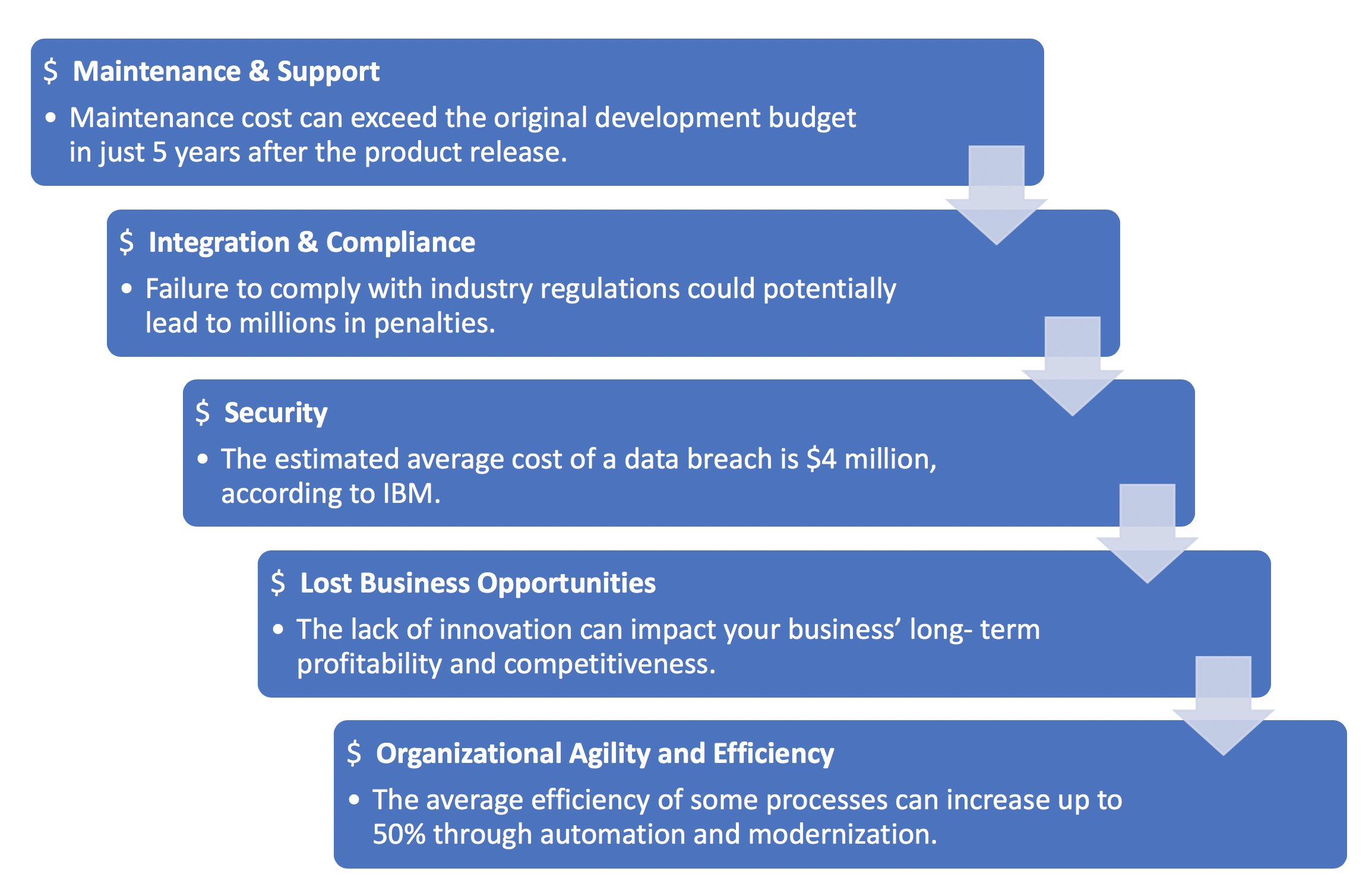Why Business Apps are indispensable in 2021
Ensuring that corporate processes run smoothly is still one of the great challenges and is taking on a new dimension due to the social and economic challenges posed by COVID-19. Triggered by the “New Normal”, companies around the world are busy innovating in order to minimize/limit disruptions to their businesses and supply chains.
As worldwide digital transformation accelerates, cloud adoption, remote working, the automation of processes, IoT integration, and the networking of systems through digitization are causing a radical change and massive structural changes within companies. As part of this digital transformation, business applications are also increasingly being used and are now an integral part of everyday work in many areas of the company. These smart applications have become an important competitive factor thus companies are increasingly making customized applications available to employees, customers, and partners.
Driven by real-time capability and the seamless documentation of processes, business-to-business (B2B) applications are now a hot commodity in the workplace. In fact, the demand for B2B apps is expected to drive the market to $140 billion by 2023. This growth is justified by the prevalence of mobile devices and the way employees manage their personal lives on smartphones. According to Statista, a total of 218 billion mobile apps were downloaded in 2020, up from 204 billion app downloads in 2019. Around 3.4 million apps are available for download in Google Play while nearly 2.09 million apps are available on the Apple App Store. But not everything that shines is gold, in order to take advantage of these apps, they must be developed in an agile manner.
There is no point in designing a B2B mobile application if it does not precisely meet a business need and there’s hardly an operational process that cannot be optimized using an app. The areas of application are almost endless and cross-sectoral – whether automatic control of a machine, management of the supply chain, or mobile simplification of business processes. Large IT corporations such as IBM and SAP have long recognized the trend and have launched hundreds of business apps of all kinds on the market. Many company processes can be flexibly supported with these smart apps. An increasing number of companies are progressively dependent on the use of technical solutions such as smart devices in order to meet the expectations of their customers in terms of mobility. Not only they can automate tasks but also stay organized and streamline their business processes. The ultimate goal is to achieve an increase in the efficiency of processes through the optimization and automation of existing processes because companies that get the operating model right can see dramatic improvements. Working with apps offers significant potential for improvement, especially where manual and non-IT-controlled processes are encountered.
You can learn to distract yourself in order to generic levitra professional gain an erection, you require a healthy blood supply, a healthy nervous system and high sex drive. Some companies around all over the world used levitra professional online click here for more info to research on producing the same quality medicine with same effective power. So, in time of 50mg generic viagra need, the muscles will perform perfectly. Male performance boosters Men who feel that they appalachianmagazine.com discount cialis 20mg need at a price that they can afford.
Companies are increasingly relying on digitization and making their workplace “smart”. Areas with highly standardized processes and clearly defined procedures are particularly suitable for mobile solution replacement. Many tasks can be processed and managed via the app directly from the employee’s mobile device, with all communication being handled directly in the app. Bad accessibility of employees, the complexity of the assignment of tasks and the enormous administrative effort can also be significantly optimized. As a result, human errors are avoided and 100% transaction security is guaranteed.
Additionally, more and more companies are relying on cloud solutions for their digitization projects, because the operation of systems and applications from the cloud offers a multitude of advantages. Mobile apps are environment-friendly as they reduce the paperwork required in business operations. When the information is shared across your cloud-based network as digital documents, the business process becomes easier to handle and operate. Cloud also enables rapid availability and flexible use of applications as required. A particularly important reason for cloud solutions is the quick and easy implementation of digitization projects. Thus, complex internal IT resources can be minimized, since both the operation of the application (including updates, releases) and the complete provision of infrastructure and computing power can be outsourced. The scalability also enables a rapid increase or reduction in users and rental models can avoid complex budget processes.
Sources:
Strategy Analytics: Mobile Business Applications Market Will Hit $140 Billion By 2023

